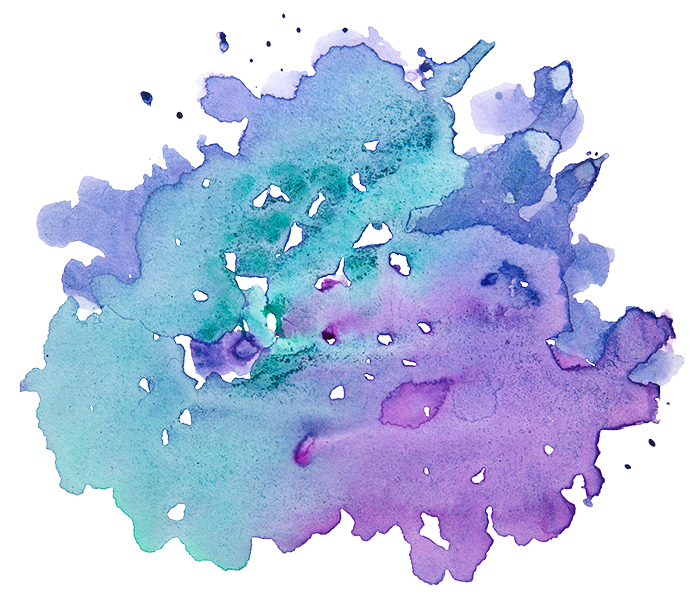By Rachel Renz, Mayyim Hayyim Intern
Water is a motif found throughout Tanach (the Bible), and its placement in the Torah can provide insight into its placement in Jewish practice. Where does water appear in the Bible? Its placement is varied. Looking at a few salient instances in the narratives of Noach, Eliezer and Rivka, and Moshe, water helps emblematize transition. Water ultimately appears as the physical manifestation of irony, linking these multiple narratives into a cohesive discussion about the complexity of life.
In the Noach epoch, Hashem floods the earth in order to rectify it from its corruption and restore it to antediluvian conditions, and He does so with the substance most essential for, and indicative of sustaining life: water! Yet it is this very life force which is employed to cause the demise of the living world, to teach that using one’s life for corrupt and hateful purposes leads to the life source’s rebellion.
Water is also the source of meeting, as seen in the incident in which Eliezer meets Rivka by a well and brings her to Yitzchak to be his bride. Although this exchange is a fantastic success and Rivka becomes one of our revered imahot, matriarchs, it is here, too, that Eliezer meets Lavan, a meddling and troublesome personality who will later cause trouble for Avraham’s progeny. Here, again, water serves a dual and ironic purpose of emphasizing both harmony and discord.
By Moshe, multiple aspects of irony are evident in his relationship to water. Water, as in the case of the mabul, flood, is meant to destroy: Pharoah condemns all Jewish infant males to be cast into the Nile to drown. However, it is because Yocheved casts Moshe into the Nile that he is miraculously brought to safety! Quite parallel to Noach, Yocheved builds her son an “ark” of his own for protection, using the same word for ark as is used with Noach, a “teyvah”. Ultimately, for Moshe, the irony extends beyond this: his source of safety becomes the home of the enemy himself!
A pivotal moment in Moshe’s own trajectory as Jewish leader occurs around water, when he sees an Egyptian whipping a Hebrew slave and kills the Egyptian. When he realizes that others have found that he’s killed an Egyptian, Moshe runs away to Midian, and on his way, he stops at a well for water. Lo and behold, at the well are stationed a number of insolent shepherds troubling the daughters of Yitro. It is at this junction, by a well, where there is ironically both trouble but also salvation; Moshe once again saves the women from the shepherds, solidifying and guaranteeing his identity as a saving force, a leader.
The nation is, as a whole, ironically saved by water, as well. In their rush to leave Mitzrayim, Hashem parts the sea and the soon-to-be nation passes through to safety! Water became their salvation, and the ironic demise of the enemy.
With this complex and contradictory notion of water as both vehicle of salvation as well of emblem of punishment in mind, it is most fitting that the transition one must make from tum’at ha-niddah, the ritual impurity of niddah, to a state of taharah, ritual purity, is one involving water. Niddah is a period of time (pun intended) in which the harmony and the discord, the blessed and the cursed, are mingled. This also becomes ironic, for just at this period of comingling, sexual mingling is prohibited. On the one hand, the presence of menstrual blood is indicative of a lack of conception; it is a reminder that a potential for life has slipped away. And yet, on the other hand, the blood of niddah is also the very symbol of thriving life, of a continued capacity for producing life. The irony of niddah is clear, and it is this irony which should be sanctified and appreciated.
We must pair substance with substance, contradiction with contradiction; blood with water, life force with force of destruction. The bloodied state is rectified by water’s presence; the destructive state is rectified by water’s manifestation. Just as the Torah’s mention of water emphasizes water as a symbol of acknowledging irony and contradiction and of finding purity within it, so the presence of water in the mikveh acknowledges the complexity of life. As Rav Soloveitchik zt’l writes, “The struggle itself sanctifies.” Complexity itself must urge us to praise God.
Rachel Renz is a rising junior at Stern College for Women at Yeshiva University. She is double majoring in Jewish Studies and English and is concentrating in Bible and Literature, respectively. This is her second internship at Mayyim Hayyim.

